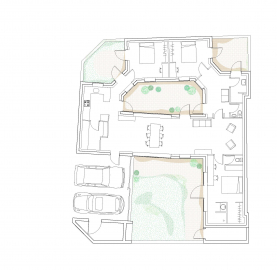Hidden house
The architecture of French individual housing has undergone a deep reversal of values since the 2000s. Cities have become hostile, and even harmful. The wish for a disconnected haunt from city is becoming almost vital. Urban houses tend to hide, to disappear behind large walls and high doors so as their inhabitants are protected.
This southern architecture is obviously reminiscent of medinas from the Moorish era. However, in the latter case, scales are subtly intertwined and nested. Interiority of housing weave the city with its network of alleys, proximities, and agglomerate urbanism.
Inside, the adjoining rooms enable to wander through the house, without dead end. This circulation copies in fact the form of the house’s boundaries, sometimes aligned or detached from the plot limits. That is the case in the living room, the dining room, the kitchen and the bedrooms.
Each room benefits from 2 or 3 orientations, catching the sunlight all day long. The blinding whiteness of the oceanic climate is balanced by the application of different paintings of muted colors or with isophane properties on ceilings.
Contemporary introversion tends to produce arid urbanism without amenity. Indeed, the hidden house is invisible from the street, nestled at the end of a private road, surrounded by neighboring houses. And yet, its inner life is discernible from the street, over its high wall adorned with hallow tiles, and its swaying roof. And furthermore the white rounded shaped fence walls bound the exterior and the interior.
The sky penetrates the rooms of the house. The garden penetrates in the street. The fence is both hermetic and porous. We do not see anything, but we guess, we imagine.
- Brick / Wood and Coating

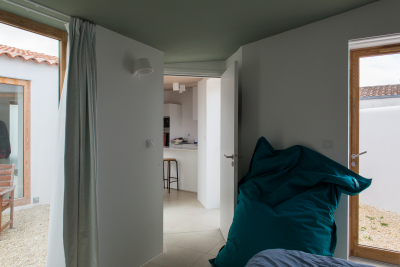 © Antoine Espinasseau
© Antoine Espinasseau
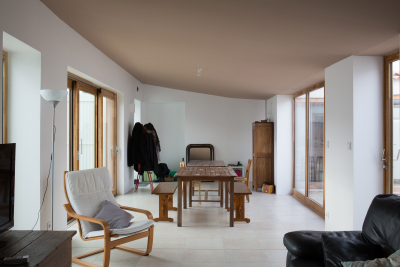 © Antoine Espinasseau
© Antoine Espinasseau
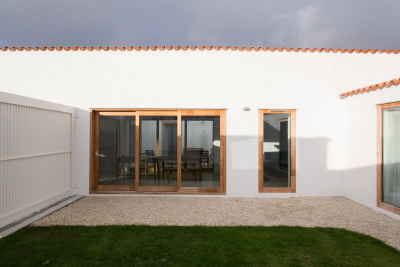 © Antoine Espinasseau
© Antoine Espinasseau
 © Antoine Espinasseau
© Antoine Espinasseau
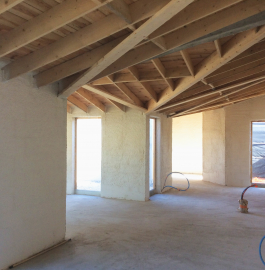 © Thibault Salmon
© Thibault Salmon
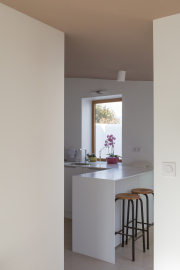 © Antoine Espinasseau
© Antoine Espinasseau
 © Antoine Espinasseau
© Antoine Espinasseau
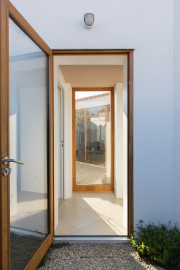 © Antoine Espinasseau
© Antoine Espinasseau
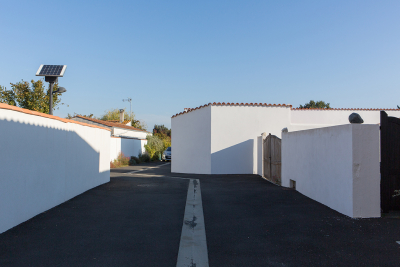 © Antoine Espinasseau
© Antoine Espinasseau
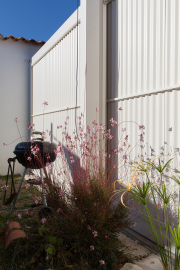 © Antoine Espinasseau
© Antoine Espinasseau
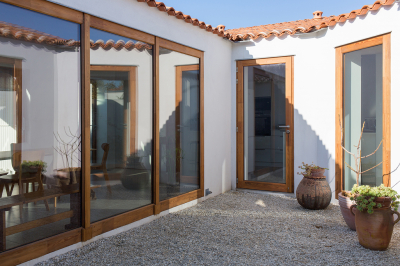 © Antoine Espinasseau
© Antoine Espinasseau
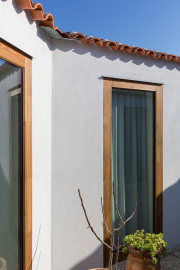 © Antoine Espinasseau
© Antoine Espinasseau
